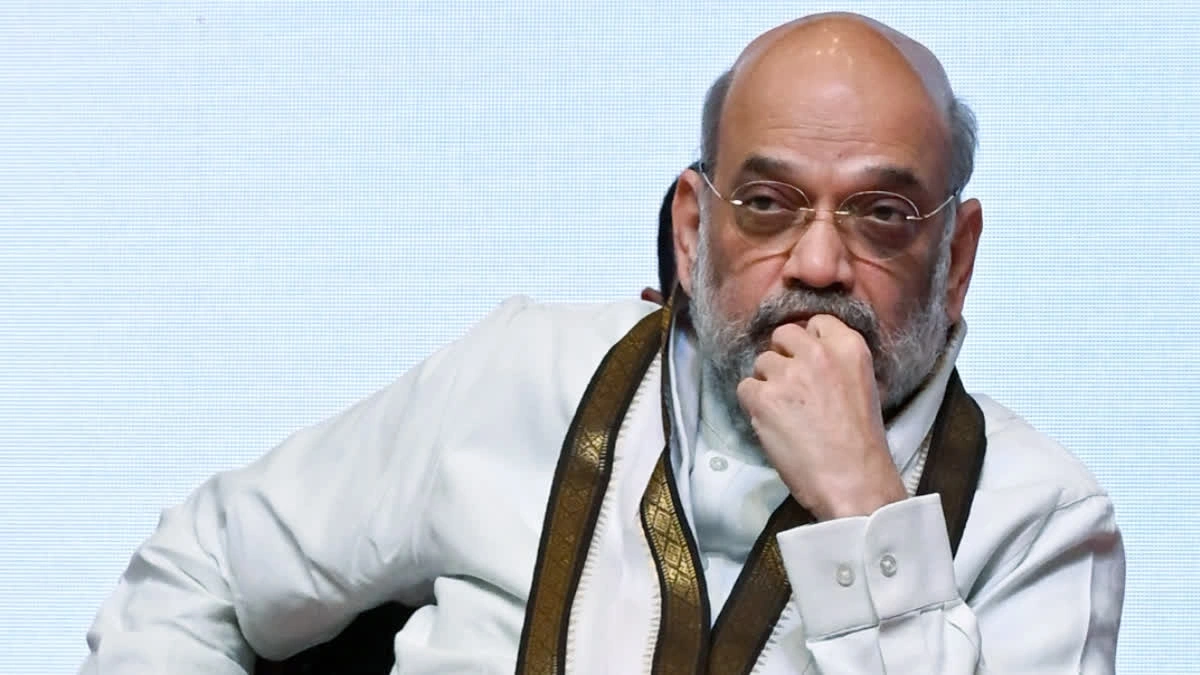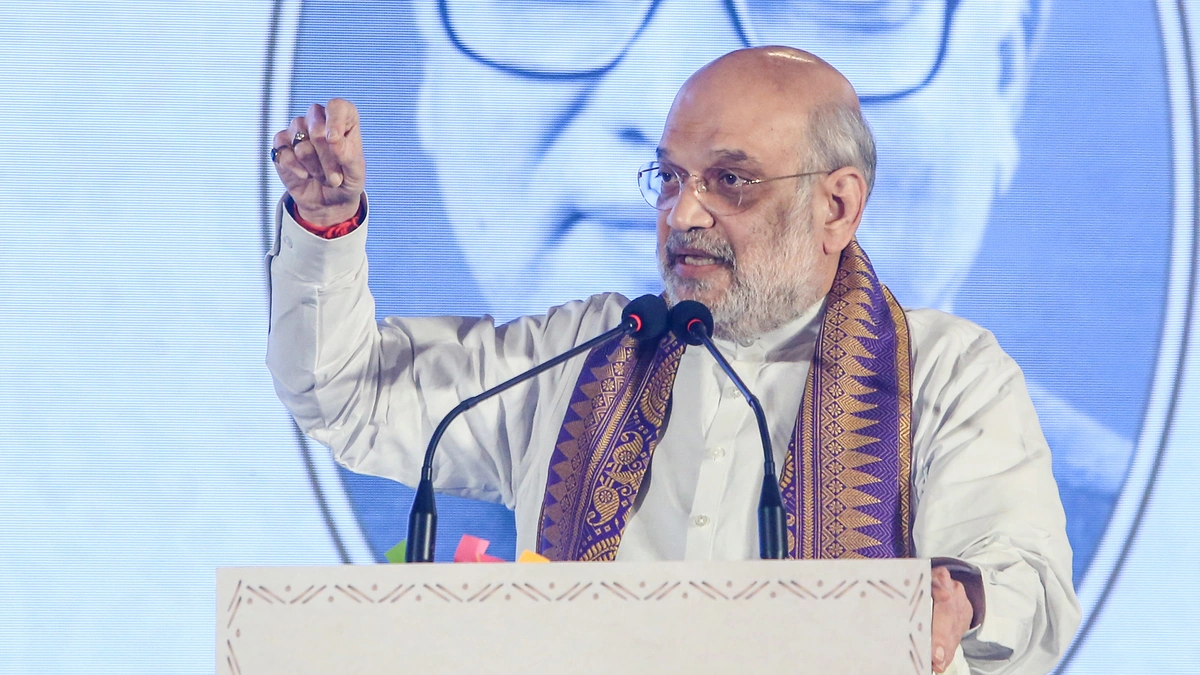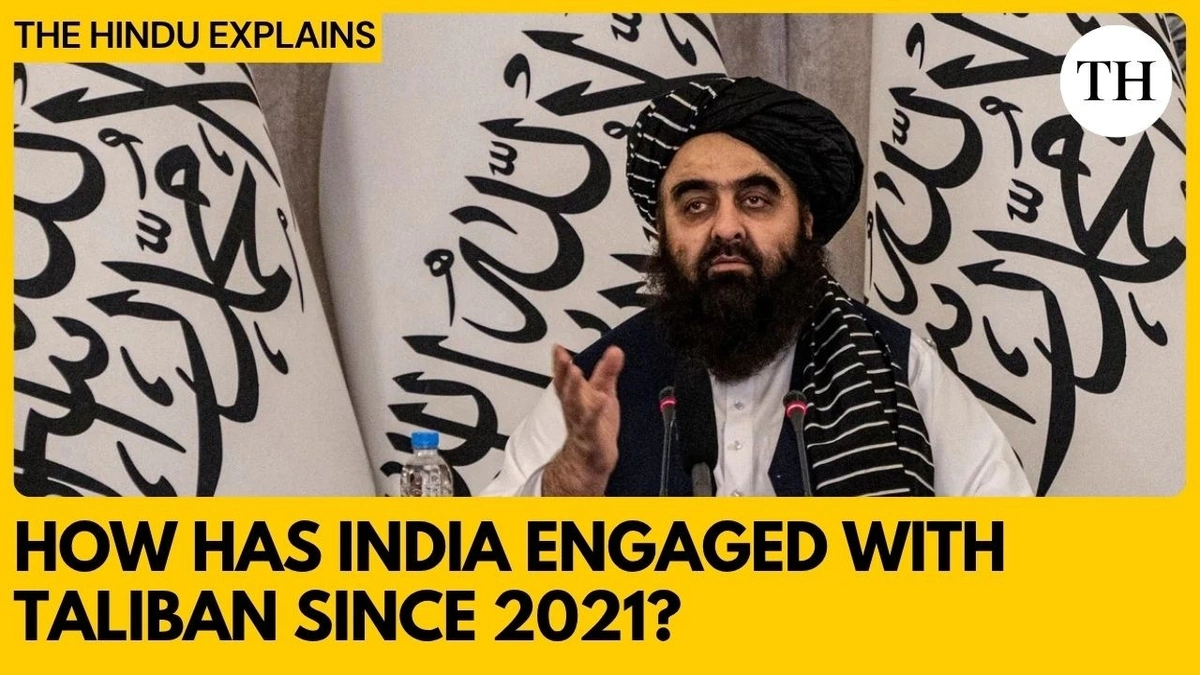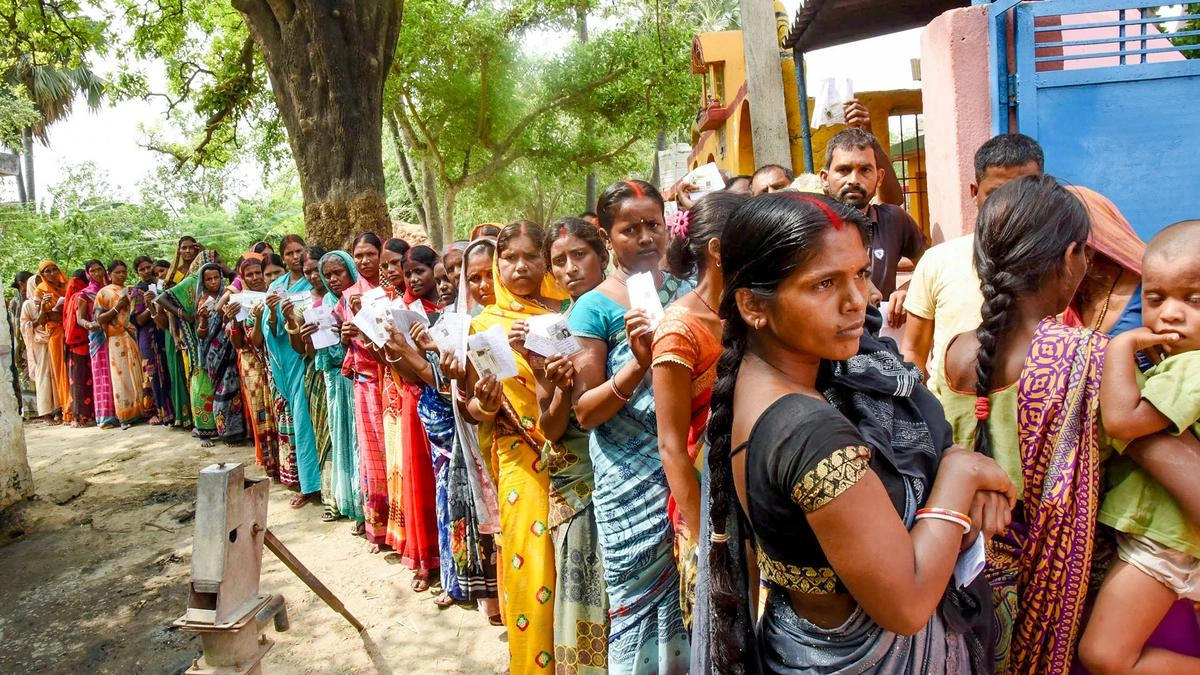Amit Shah Attributes Muslim Population Growth in India to Infiltration, Not Fertility
Alright, let’s dive into something that’s been creating quite a stir lately – Amit Shah’s statements regarding the Muslim population growth in India. Now, instead of just rehashing what you’ve probably already seen on your newsfeed, I want to explore why this statement is significant, what it implies, and what’s the underlying context that might be getting missed. Forget the surface-level reporting; let’s dig deeper.
The Demographic Debate | Fertility vs. Infiltration

So, here’s the thing. The core of Shah’s argument, as reported, is that the increase in the Muslim population isn’t solely attributable to higher fertility rates, but also to infiltration . He didn’t mince words, directly linking the growth to illegal immigration. But, and this is a big but, demographics are rarely this black and white. India’s census data, while detailed, is often subject to interpretation. A common mistake I see people make is taking raw numbers without understanding the socio-economic factors at play. For example, literacy rates, access to healthcare, and economic opportunities all significantly impact fertility rates across all communities. What fascinates me is how quickly this becomes a political flashpoint, overshadowing the complexities of population studies.
Let’s be honest – this isn’t just about numbers. It’s about the narrative. It’s about shaping perceptions. It’s about the very fabric of Indian society. When a prominent figure like Amit Shah makes such a strong statement, it has ripple effects. It influences public discourse, policy decisions, and, perhaps most importantly, inter-community relations. I initially thought this was straightforward, but then I realised the need to analyze the context of his comment on population changes.
Historical Context and Migration Patterns
Migration in the Indian subcontinent is a centuries-old phenomenon. But, post-independence, it’s become increasingly politicized. Factors such as economic disparity, political instability in neighboring countries, and the porous nature of borders contribute to ongoing migration. Consider the Indo-Bangladesh border – a region fraught with complexities. According to various reports, poverty and climate change in Bangladesh often drive people to seek better opportunities in India. Now, are all these migrants illegal infiltrators? That’s a sweeping generalization, isn’t it? It ignores the human stories behind the statistics. It fails to acknowledge the push and pull factors that drive migration. And it conveniently sidesteps the government’s own role in border management. The Indo-Bangladesh border is a very controversial issue that keeps creating political and social problems.
And, while discussions on population growth are important, they must also be approached with sensitivity. Let me rephrase that for clarity: sensationalizing the issue does no one any favors. It breeds mistrust, fuels prejudice, and distracts from addressing the real problems – poverty, lack of education, and inadequate healthcare. It’s easy to point fingers; it’s harder to roll up our sleeves and address the root causes.
Socio-Economic Implications and Regional Disparities
What fascinates me is that it’s easy to get lost in the numbers game and forget the ground realities. Different regions of India have vastly different socio-economic profiles. States like Kerala have achieved significant success in improving literacy and healthcare, leading to lower fertility rates across all communities. Whereas, in other states, persistent poverty and lack of access to education continue to impact fertility rates . So, attributing population growth solely to one factor – or one community – is, at best, an oversimplification. The socio-economic implications are huge and they can create disparity.
I often find myself wondering – are we asking the right questions? Are we focusing on the right solutions? Instead of fueling divisive narratives, shouldn’t we be investing in education, healthcare, and economic empowerment for all communities? Shouldn’t we be creating a society where everyone has the opportunity to thrive? These questions are vital because they address the causes and not the symptoms.
The Political Narrative and its Impact on Communities
The statement made by Amit Shah isn’t just a demographic observation; it’s a political statement with real-world consequences. It shapes public opinion, influences policy decisions, and impacts community relations. When narratives of “infiltration” and demographic imbalance gain traction, they can lead to marginalization and discrimination. They can create an environment of fear and mistrust. And, let’s be brutally honest, they can be used to justify discriminatory policies. That moment of panic when you realize the narrative isn’t just about numbers, but about people’s lives. We’ve all been there. But, this is where we as citizens, as informed individuals, need to step up. We need to challenge narratives, demand evidence, and promote inclusivity.
And, you know what? It all boils down to empathy. It’s about understanding the human stories behind the headlines. It’s about recognizing that we are all part of the same fabric. It’s about building a society where everyone feels safe, respected, and valued. That’s the India I want to see.
Moving Forward | Dialogue, Data, and Development
So, where do we go from here? How do we move beyond the divisive rhetoric and address the real challenges? I believe the answer lies in dialogue, data, and development. We need open and honest conversations about demographic realities. We need to rely on accurate and reliable data, not on sensationalized claims. And we need to invest in inclusive development that benefits all communities. A common mistake I see people make is ignoring the importance of accurate data. Policy decisions should be based on verified facts and analysis and not on politically-charged statements. Investing in education, healthcare, and economic opportunities for all communities is very crucial.
What fascinates me is the potential for India to be a beacon of inclusivity and diversity. But, to achieve that, we need to rise above the politics of division. We need to embrace our shared humanity. And we need to build a society where everyone has the opportunity to thrive. Let’s be honest, this isn’t just about population statistics. It’s about the future of India. It’s about the kind of society we want to create. It’s about whether we choose to build bridges or walls.
Ultimately, the key is to approach these discussions with a critical and empathetic lens. It’s about understanding the complexities, challenging the narratives, and working towards solutions that promote inclusivity and prosperity for all. The increasing Muslim population is a complex topic and requires a sensitive approach.
As per reports, illegal immigration is a big factor and needs to be monitored. To reiterate, promoting harmony should be the goal. While sources suggest a specific time, the official confirmation is still pending. It’s best to keep checking the official portal.
And remember, the conversation doesn’t end here. Keep questioning, keep learning, and keep striving for a better, more inclusive India. What fascinates me is that with collective effort, we can change the narrative.
FAQ
Is there reliable data on migration patterns in India?
Yes, the Census of India collects data on migration, but its accuracy and timeliness can be debated. Additional data comes from the National Sample Survey Organisation (NSSO).
What factors contribute to higher fertility rates in some communities?
Factors include poverty, limited access to education and healthcare, and cultural norms.
How does illegal immigration impact India’s resources?
It can strain resources like water, land, and public services, especially in border areas.
What are the potential solutions to address illegal immigration?
Strengthening border security, improving diplomatic relations with neighboring countries, and addressing the root causes of migration.
How can we promote inclusivity and harmony in a diverse society?
By fostering dialogue, promoting education, and ensuring equal opportunities for all communities.This requires a proactive approach.
What role does the government play in managing population growth?
The government plays a crucial role through policies related to healthcare, education, and family planning.













